
Workshop Sunday - Screen Printing

Workshop Sunday - Screen Printing
Event details

- Receive E-ticket via Email
- Show Your E-ticket @ Venue
It's not quite common knowledge that screen printing has actually a history of more than 2,000 year’s and is a major invention from China…Just like most useful things at all.
Early in the 1910s, western printers began to experiment with photo-reactive chemicals for developing photo-imaged stencils that created the basics of industrial screen printing used today on a large scale of products. A group of artists in 1930 were going to use screen printing for artistic expression and later coined the term, "serigraphy" to differentiate the art form from the industrial use of the process.
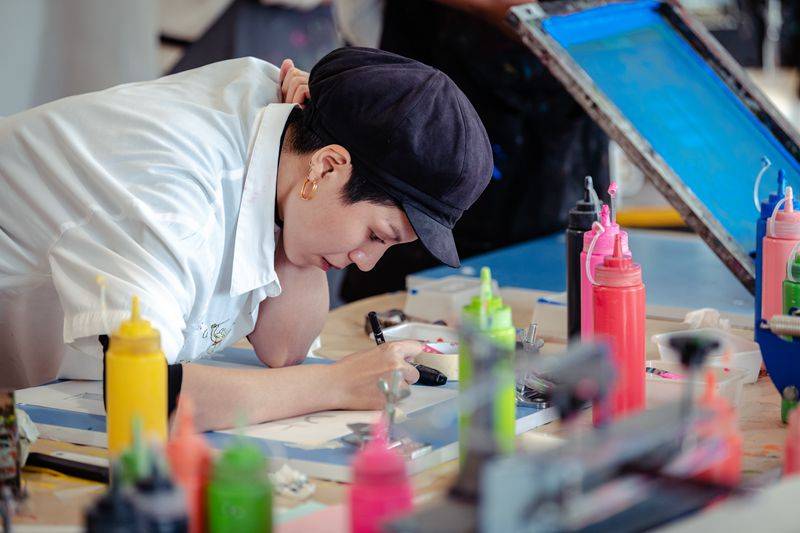
What do we like most about "serigraphy" though? It’s the most versatile of all traditional printing techniques. The surface does not have to be printed under pressure, unlike etching or lithography. Different inks can be used to work with a variety of materials, such as textiles, wood, paper, glass, metal, and plastic due to the possibility of transferring a ready-made graphics or photo as a negative onto the screen, which gives the artist a wide range of possibilities and stylistic freedom.
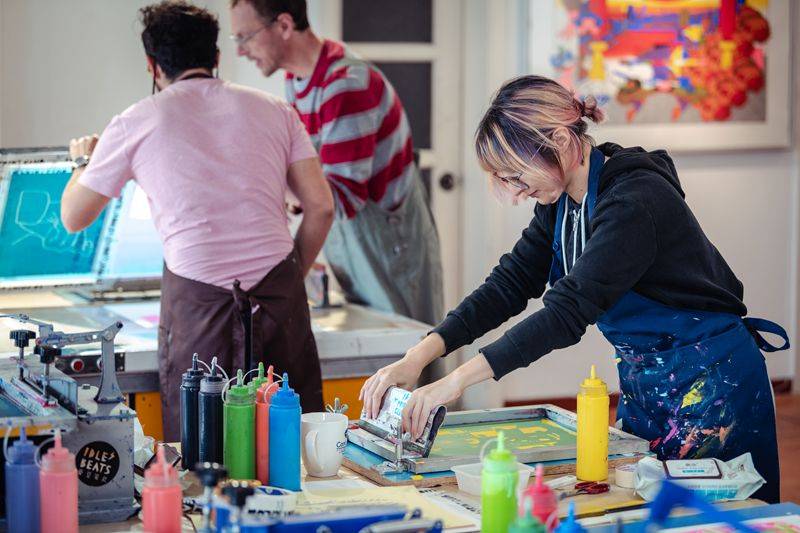
Here comes your very chance to learn about this very interesting craftsmanship and art form!
During a two to three hours session, you will have a splendid time screen printing your own design onto art-grade paper or even a T-shirt or a Tote Bag. Our workshop starts with an introduction of the basic techniques of screen printing and also a brief demonstration of on-screen exposure. After completing these, you'll go proceed through the following steps: a trial practice on a prepared screen, artwork selection, transferring your artwork onto a screen through the use of our professional exposure unit; then, setting up your own workspace, mixing inks and at last printing a batch of art paper or T-shirt or a Tote-Bag.
The workshop is taught in both Chinese and English, and is for anyone with little to zero experience - it's all about gaining DIY knowledge and having a fun time with screen printing!
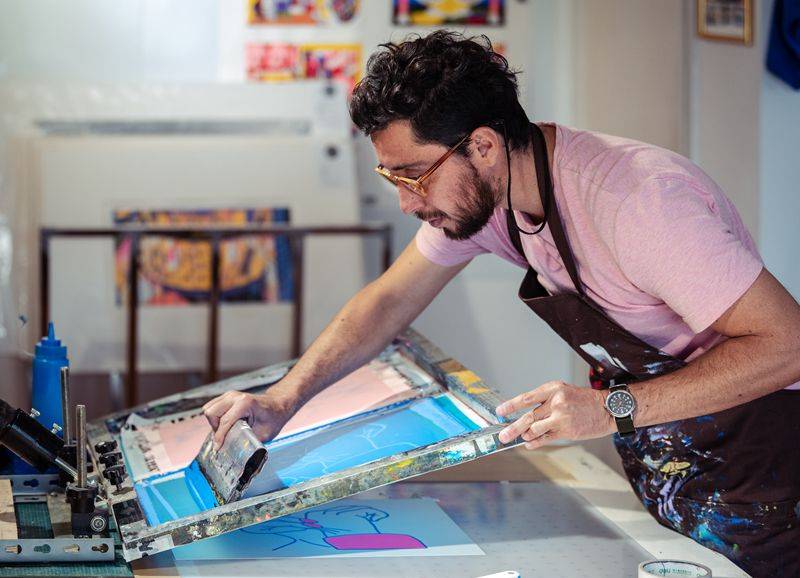
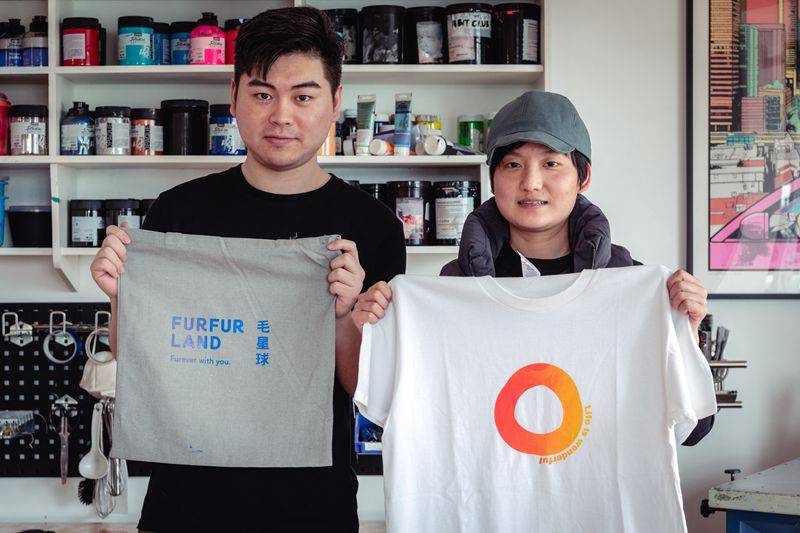
method. Such as monotype, multiple layer printing on paper and textile. IBPC host workshops for newbies also provide professional setup and guidance for those who want to execute their own printing projects.
Notice
- Sun. 10 Nov @ 11:00 - 14:00 / 15:00 - 18:00
- Sun. 24 Nov @ 11:00 - 14:00 / 15:00 - 18:00
- A-Beginner Art Print Workshop (1 screen/layer): ¥380 per person, ¥680 for 2
- B-Advance Art Print Workshop (2 screens/layers): ¥480 per person, ¥860 for 2
- C-Beginner T-Shirt Workshop: ¥380 per person, ¥680 for 2
- Learn how to make one layer/mono print
- From screen exposure to printing to experimenting
- You'll leave with 10 art prints with your own artwork
- Learn how to make two-layer art prints
- From screen exposure to layer-registration to printing on art paper and framing
- You'll leave with 10 multi-layer art prints with your own artwork
-
Learn how to print on T-shirt or fabric
-
You'll leave with 4 T-shirts printed with your own artwork
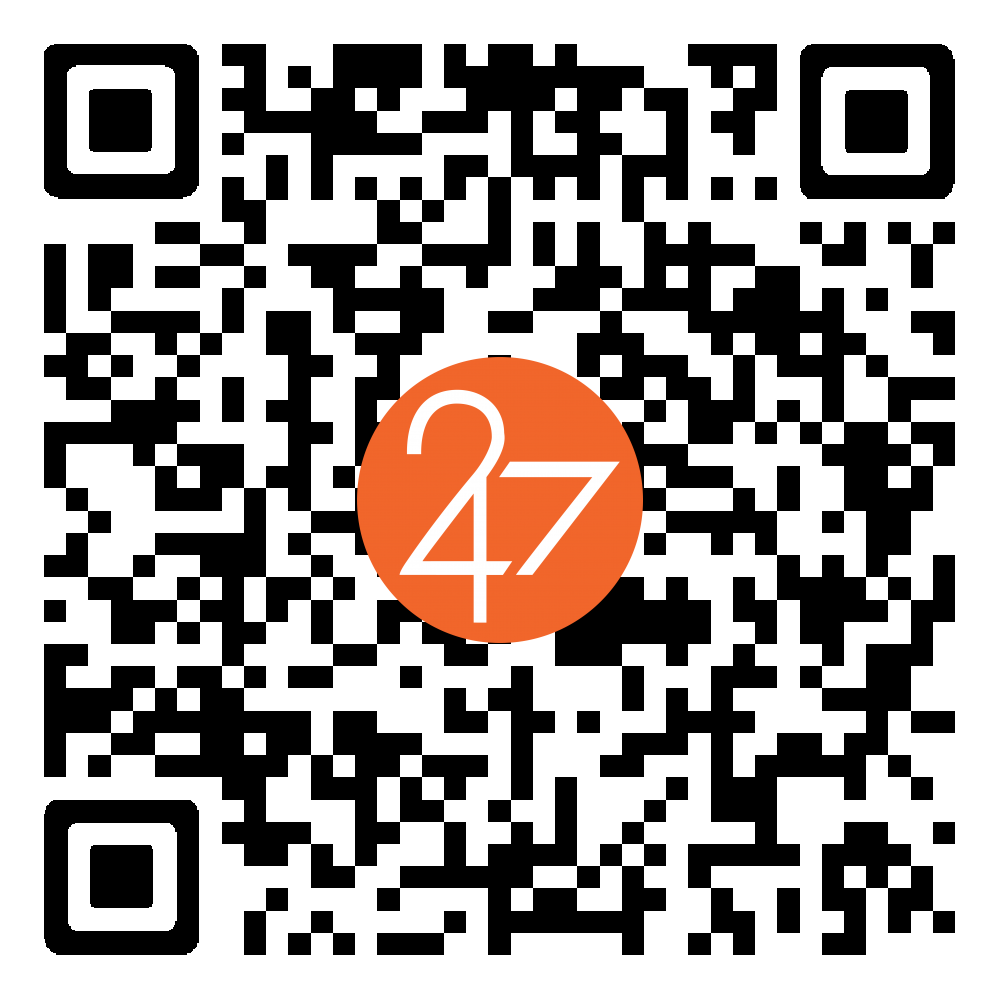
Follow our WeChat for event news, deals, gossip and more!
Workshop Sunday - Screen Printing

 Add us on WeChat to speak to our friendly customer service team! ID: Tickets247Tickets
Add us on WeChat to speak to our friendly customer service team! ID: Tickets247Tickets